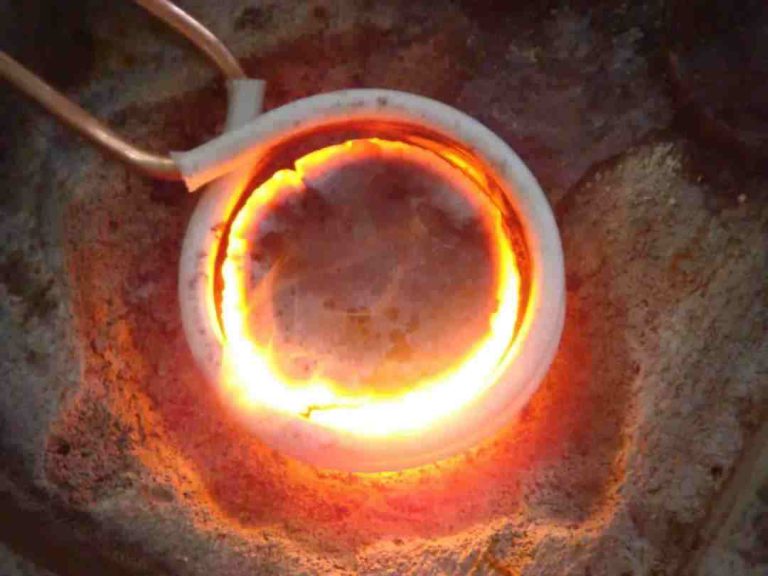What are the 4 Key Procedures of the Heat Treatment Process
Body
The heat treatment process involves three main steps: heating, heat preservation, and cooling. It is used to enhance the properties of materials such as steel, aluminum alloy, copper alloy, and titanium alloy. Different heat treatment processes include quenching, tempering, normalizing, and annealing.
Quenching:
Quenching steel involves heating it to a temperature above the critical temperature Ac3 (for hypo-eutectoid steel) or Ac1 (for hyper-eutectoid steel). The steel is then kept at this temperature for a specific period to fully or partially austenitize it. Afterward, the steel undergoes a rapid cooling process, below the Ms temperature (or isothermally near Ms), at a cooling rate higher than the critical cooling rate. This results in the formation of martensite or bainite, leading to significant changes in the steel's properties.
The purpose of quenching includes improving the mechanical properties of metal products or parts, enhancing the material properties of certain steels (e.g., corrosion resistance in stainless steel), and achieving high hardness and wear resistance in tools and bearings.
Tempering:
Tempering is a heat treatment process that follows quenching. In this process, the quenched metal product or part is heated to a specific temperature and held for a certain duration. It is then cooled in a controlled manner. The main purposes of tempering are to reduce internal stress and brittleness, adjust the mechanical properties of the workpiece (e.g., hardness, strength, plasticity, and toughness), and stabilize the metallographic structure.
The function of tempering is to improve the stability of the structure, eliminate internal stress, and adjust the mechanical properties of steel to meet specific application requirements. As the temperature rises during tempering, atomic activity increases, allowing for rearrangement and combination of atoms, resulting in the transformation of unstable structures into stable ones.
There are different tempering requirements for workpieces depending on their intended use. Low-temperature tempering (below 250°C) is used for tools, bearings, and carburizing and quenching parts. Medium-temperature tempering (350-500°C) is suitable for springs and forging dies, while high-temperature tempering (500-650°C) is used for gears and crankshafts.

Normalizing:
Normalizing is a heat treatment process that enhances the toughness of steel. It involves heating the steel components to a temperature slightly above the Ac3 temperature and then air-cooling. The cooling rate during normalizing is faster than annealing but slower than quenching. The process refines the crystal grains of the steel, resulting in improved strength and reduced cracking tendency.
Annealing:
Annealing is a metal heat treatment process in which the metal is slowly heated to a certain temperature, kept for a sufficient time, and then cooled at an appropriate rate. The purpose of annealing is to improve or eliminate various structural defects and residual stresses in the material, soften the workpiece for cutting, refine the grain and improve its structure to enhance mechanical properties, and prepare the tissue for final heat treatment (e.g., quenching and tempering).
There are various annealing processes, including fully annealing, spheroidizing annealing, isothermal annealing, recrystallization annealing, graphitization annealing, diffusion annealing, and stress relief annealing. Each process serves specific purposes and is applied based on the characteristics and requirements of the material or workpiece being treated.
KENENG is a professional manufacturer of fastener, spring, magnet, and battery holder. If you want to learn more about our production procedures, heat treatment processes, and surface treatment processes, please contact us.









Comments